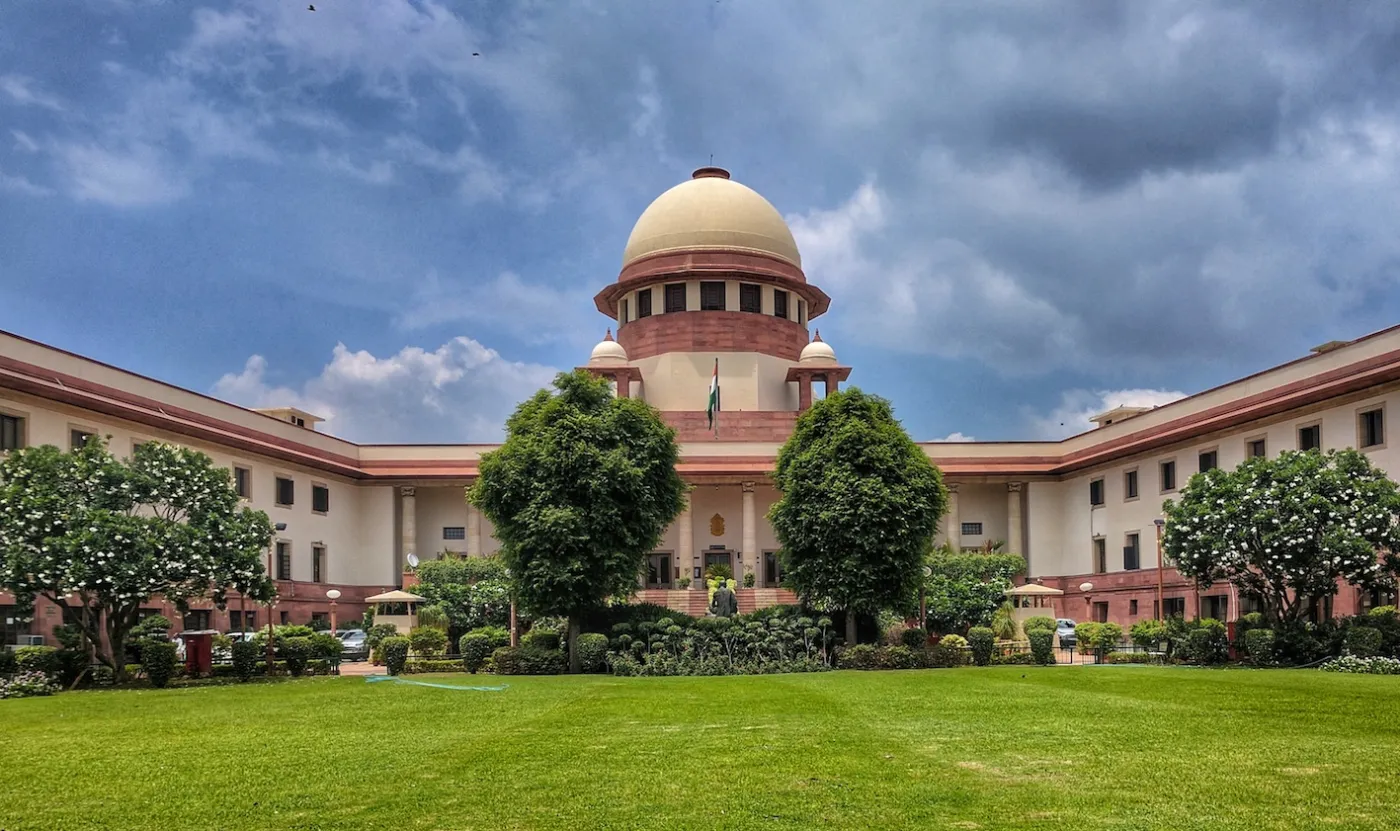Karnataka’s Muslim Population Rises by 5.16% in Four Years: Key Takeaways from the Demographic Update
Introduction
Karnataka has witnessed a 5.16% rise in its Muslim population over a span of just four years, according to recent government-linked demographic data. The report, published through state-level surveys and census-linked updates, reveals important trends in religious and population distribution that could impact everything from resource allocation to political discourse.
This increase is not isolated to urban growth but is reflected across both cities and rural areas, with regional clusters showing varied rates of growth.
The Numbers Explained
The 5.16% rise reflects a comparative analysis with data collected during the 2011 Census and more recent household surveys conducted across Karnataka.
- Current Population Share: The Muslim population now accounts for approximately 13.24% of Karnataka’s total population.
- Comparative Growth: This marks a notable increase from previous census data where the figure stood closer to 12.6%.
- Region-wise Trends: High growth rates were observed in urban districts such as Bengaluru Urban, Kalaburagi, and Dakshina Kannada.

What’s Driving the Change?
Several socio-economic and regional factors are believed to contribute to this growth:
- Urban Migration: Muslim families moving to urban centers for better job and educational opportunities.
- Higher Fertility Rates: National demographic data suggests higher fertility rates among Muslim families compared to some other groups.
- Community Consolidation: Strong community networks and support systems aiding sustained growth.
Potential Implications
This demographic trend may have a wide range of implications:
- Policy & Governance: Adjustments in state-level schemes for minority welfare, housing, and education.
- Political Discourse: May influence vote bank considerations ahead of upcoming elections.
- Social Infrastructure: Potential need for expansion in educational institutions, healthcare access, and urban planning in Muslim-dominated regions.
Expert Opinions
Demographers and social scientists note that while the 5.16% increase is statistically significant, it is part of a natural population progression. “There is a tendency to politicize these numbers, but demographic shifts like these are common in growing states,” said one Bengaluru-based researcher.
Others suggest that such data should be used to improve inclusivity in governance and urban policy design.
Conclusion
Karnataka’s 5.16% rise in Muslim population over four years offers insight into shifting demographics that reflect broader societal trends. As India continues to urbanize and communities seek better economic and educational outcomes, understanding such data becomes critical for inclusive planning.
Whether for political strategy, infrastructure development, or social welfare programs, these numbers serve as a mirror to evolving population patterns in the state.
Dont Miss Out:
Discover more from The CutShort News
Subscribe to get the latest posts sent to your email.



